Now most of us know that our heart rate changes in times of stress. We feel it racing when there’s an impending deadline at work. It’s also well known that regular exercise lowers our resting heart and reduces our risk of many chronic diseases. But did you know that food can also affect heart rate?
Before I explain how food can impact on your heart rate, let me explain in a little more detail the way it does this.
Firstly, it’s important to know that a healthy heart rate does not beat regularly. For example if your resting heart rate is 60 beats per minute, we would not expect your heart to beat once every second. In fact, the variability in your heart rate has been shown to predict risk of premature death in people who have had a heart attack.
What is Heart Rate Variability?
Heart Rate Variability (HRV) is not new. In fact, we’ve been measuring (HRV) since the advent of the ECG in the 19th century. What we’ve learnt since then is that when a heart rate is more variable it tends to indicate better health.
Now HRV is a measure of the time difference between successive heart beats in what’s known as the RR interval (see figure below). You’ll notice that the two RR intervals in the figure below have a different RR interval, which is normal. If you have greater variability in the RR interval you are said to have a high HRV.
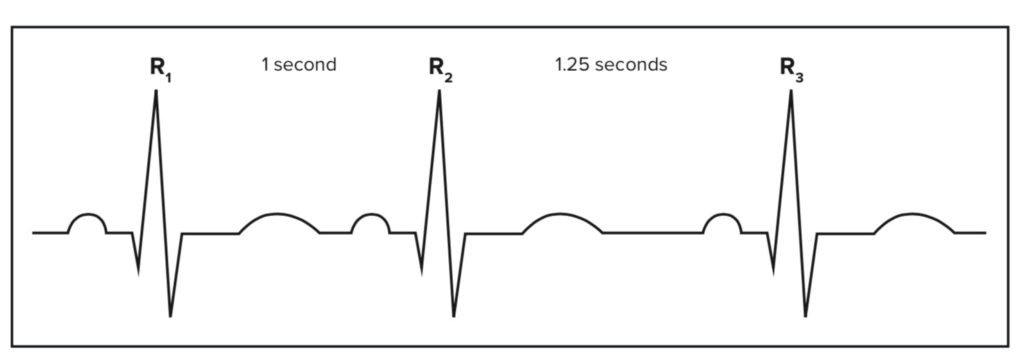
So while HRV is a measure of heart beats, the signal that creates the variability in the RR interval originates in your nervous system. Therefore our HRV is seen as a measure of the balance between two branches of our nervous system.
The parasympathetic branch controls things like digestion or your fingernails and hair growing. It is often thought of as the “rest and digest” system and it causes a decrease in heart rate.
The sympathetic branch controls our responses to things like stress and exercise. It is our “fight or flight” system and causes an increase in your heart rate.
When our nervous system is balanced it tends to send a lot of mixed messages. Tis result in lots of fluctuation and is highly responsive to change and we then see a high HRV. When one aspect of our nervous system takes over our HRV is less responsive and we get a low HRV.
If you’d like a more detailed explanation on heart rate variability, this article from Whoop makes it nice and clear.
What has HRV got to do with our health?
While HRV is seen as a measure of balance in our nervous system, because this system responds to exercise, psychological stress, inflammation and our underlying physiology it can be also seen as a marker of health.
In fact, changes in HRV correlates with CRP which is an inflammatory marker in your body. It has also been used to predict cardiovascular disease and diabetes (Young & Benton, 2018). Our HRV improves as we get fitter and healthier so it can be a really useful way to track our health.
How does food affect Heart Rate Variability?
You can see that HRV is more than a measure of stress and fitness level. But what we’re starting to learn is that your HRV will even respond to your diet. One well established link is that between our HRV and alcohol (Young & Benton, 2018). Both acute and chronic alcohol consumption causes a lower HRV.
Further to this, there is a growing pool of evidence to show that HRV responds to high blood sugar levels and it decreases as a response to saturated and trans-fats in our diet (Young & Benton, 2018). On the flip side a Mediterranean diet and omega-3 fat consumption tend to improve your HRV. Interestingly all of these food behaviours are all related to your long term health!
So those of you familiar with our FESS questionnaire (Food, Exercise, Stress, Sleep), will notice that changes in HRV respond to most of these behaviours in some way. Perhaps then using this measure could be another way to monitor our long term health?
This is something I’ve been exploring with myself using a “Whoop” band and I plan to share these personal insights in my next blog!
Would you like to re-assess your health behaviours and identify what you need to work toward over the coming year?
Our scorecard is a quick and simple questionnaire to help you do this.
Take The Scorecard Here
It’s free and only takes 7 minutes
Image by Gerd Altmann from Pixabay


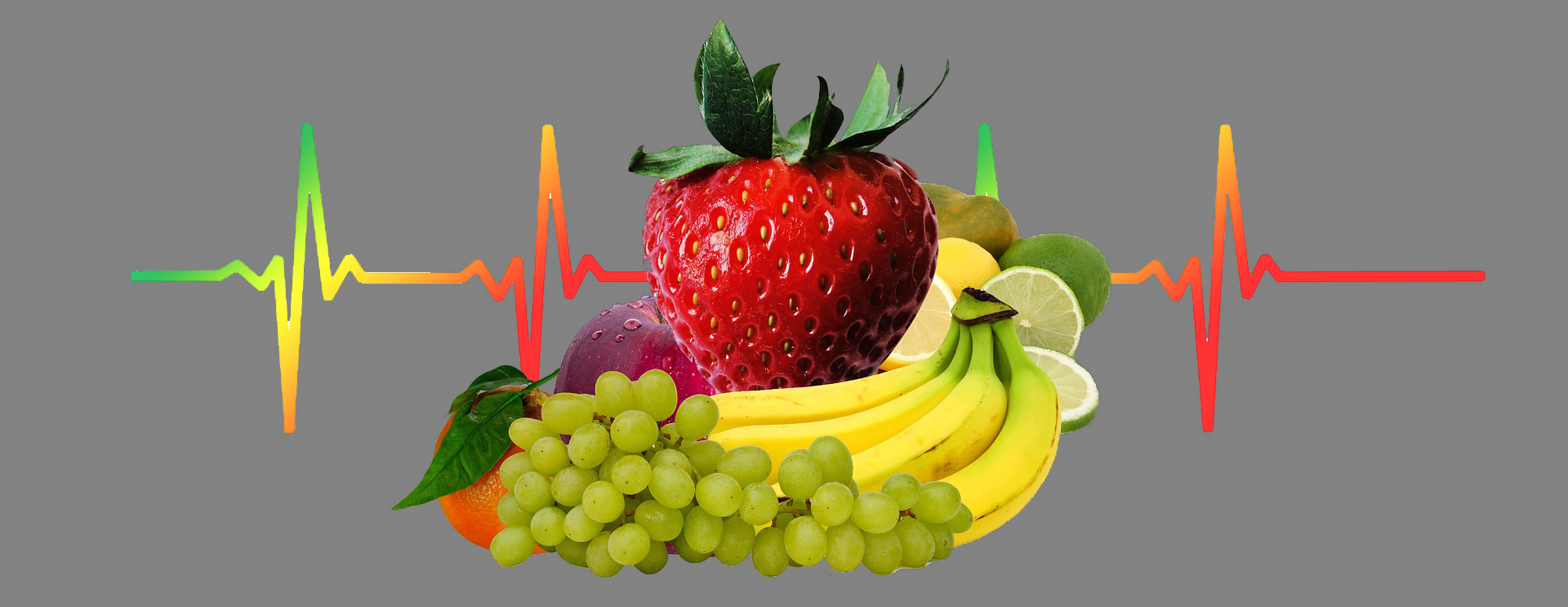



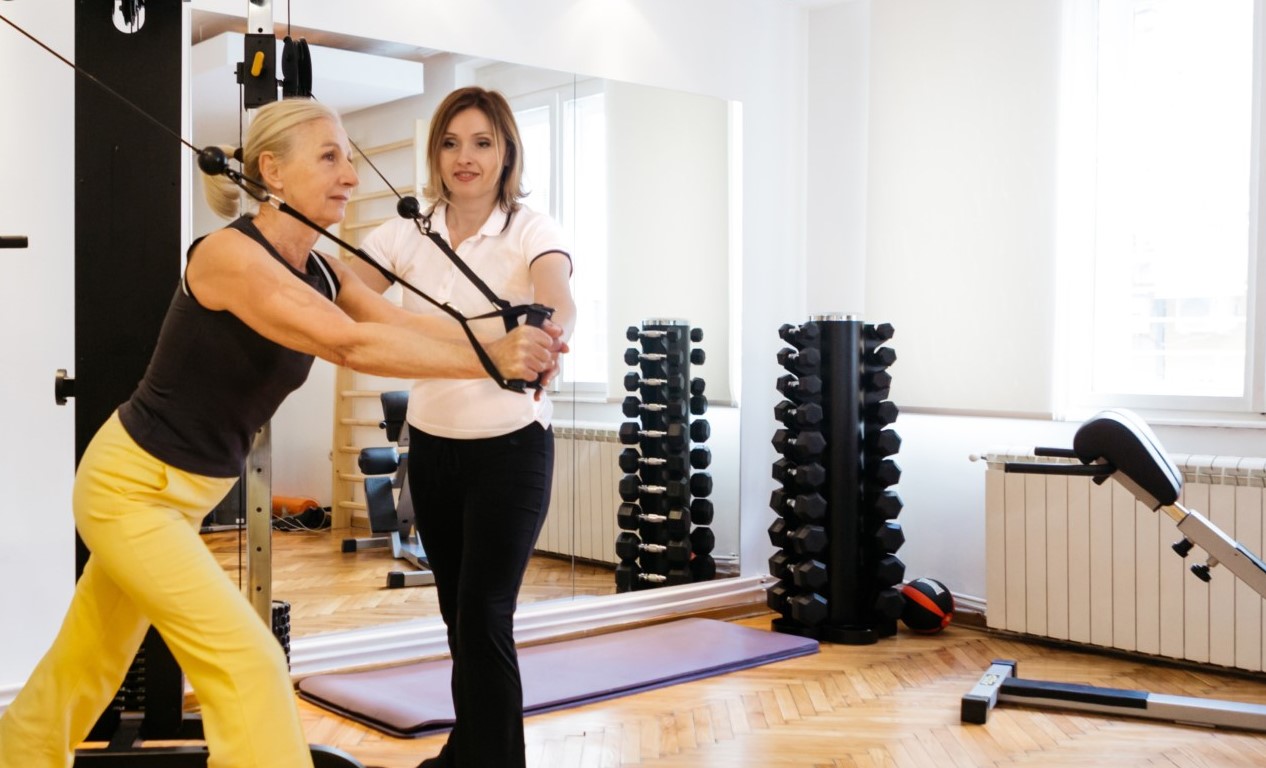
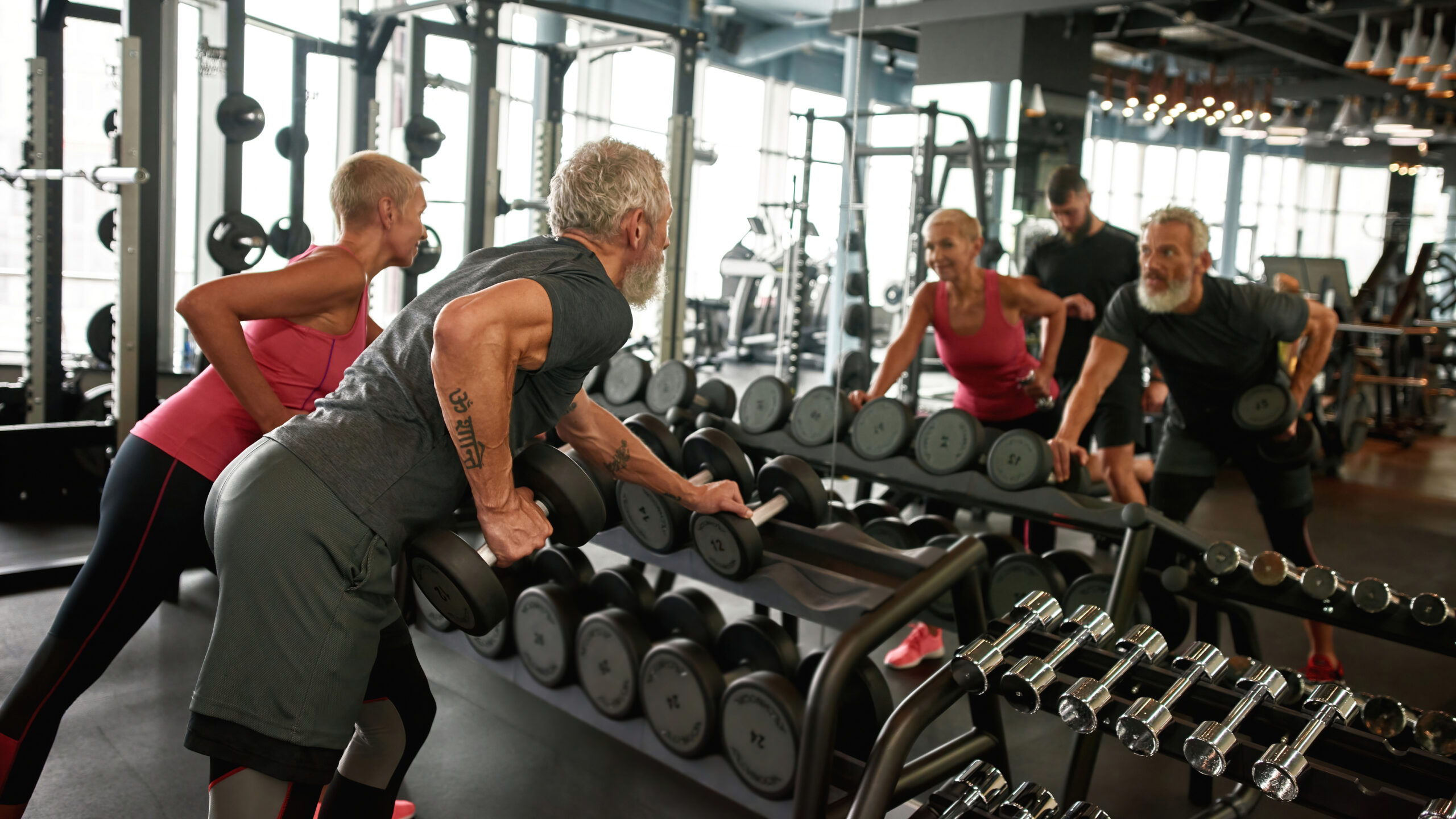


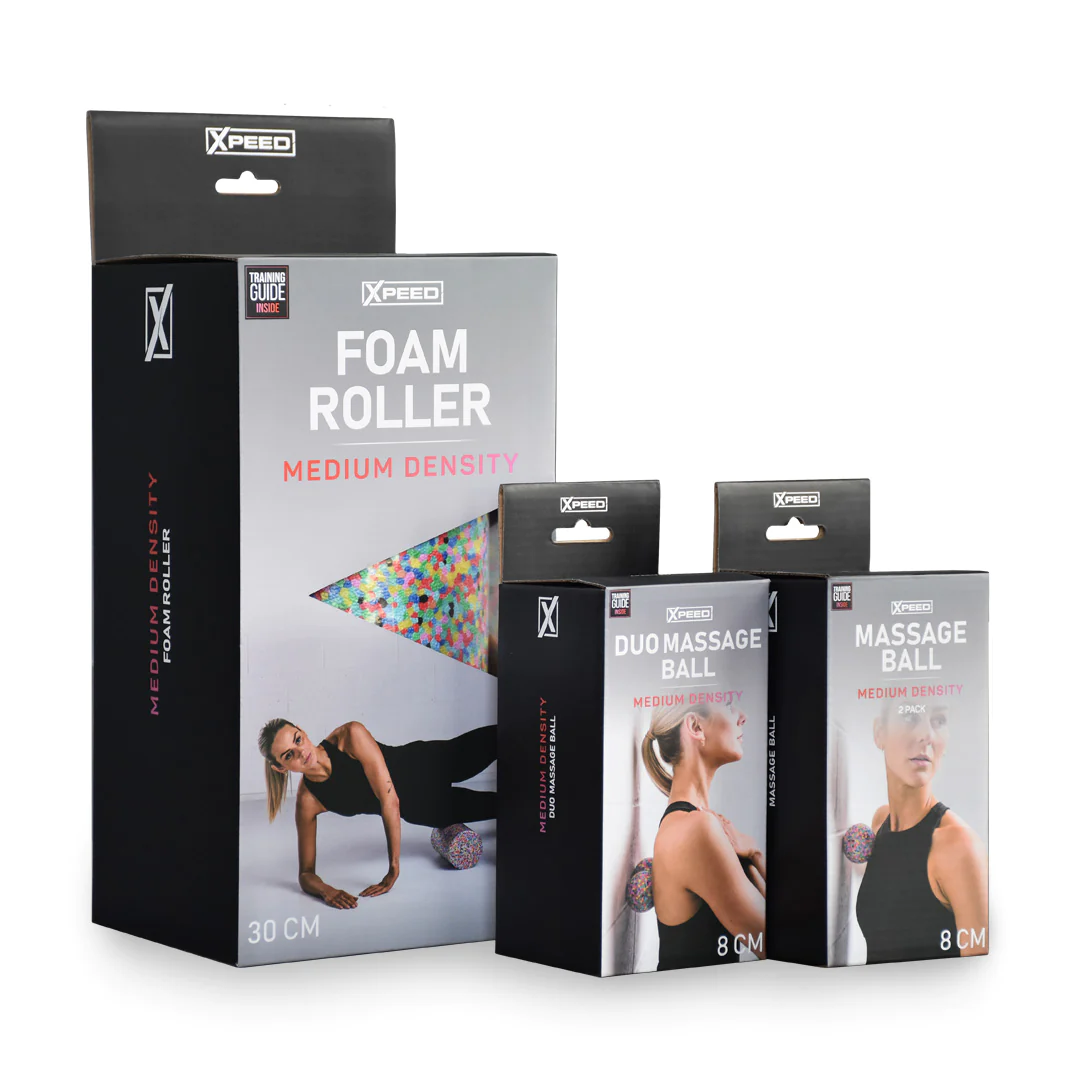
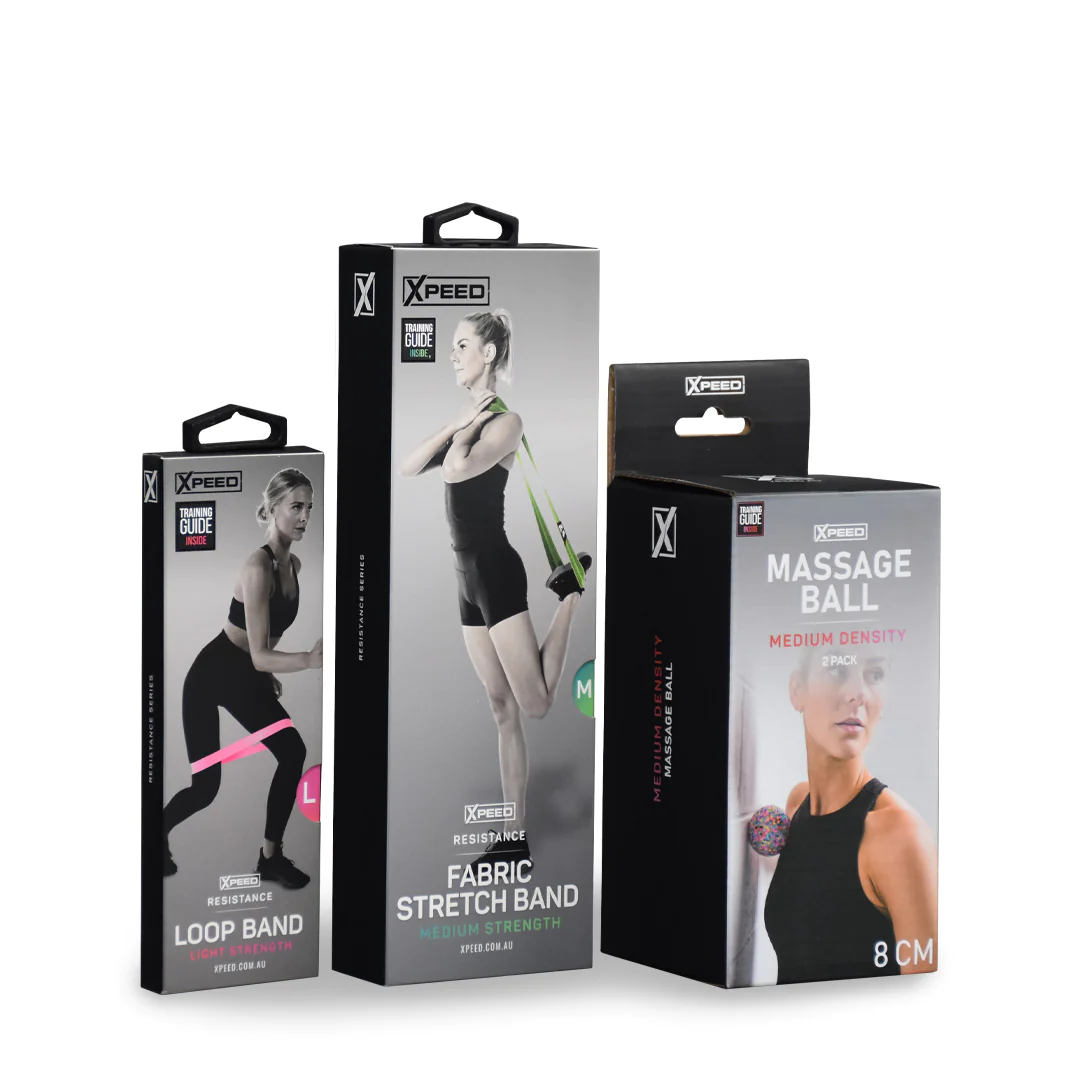
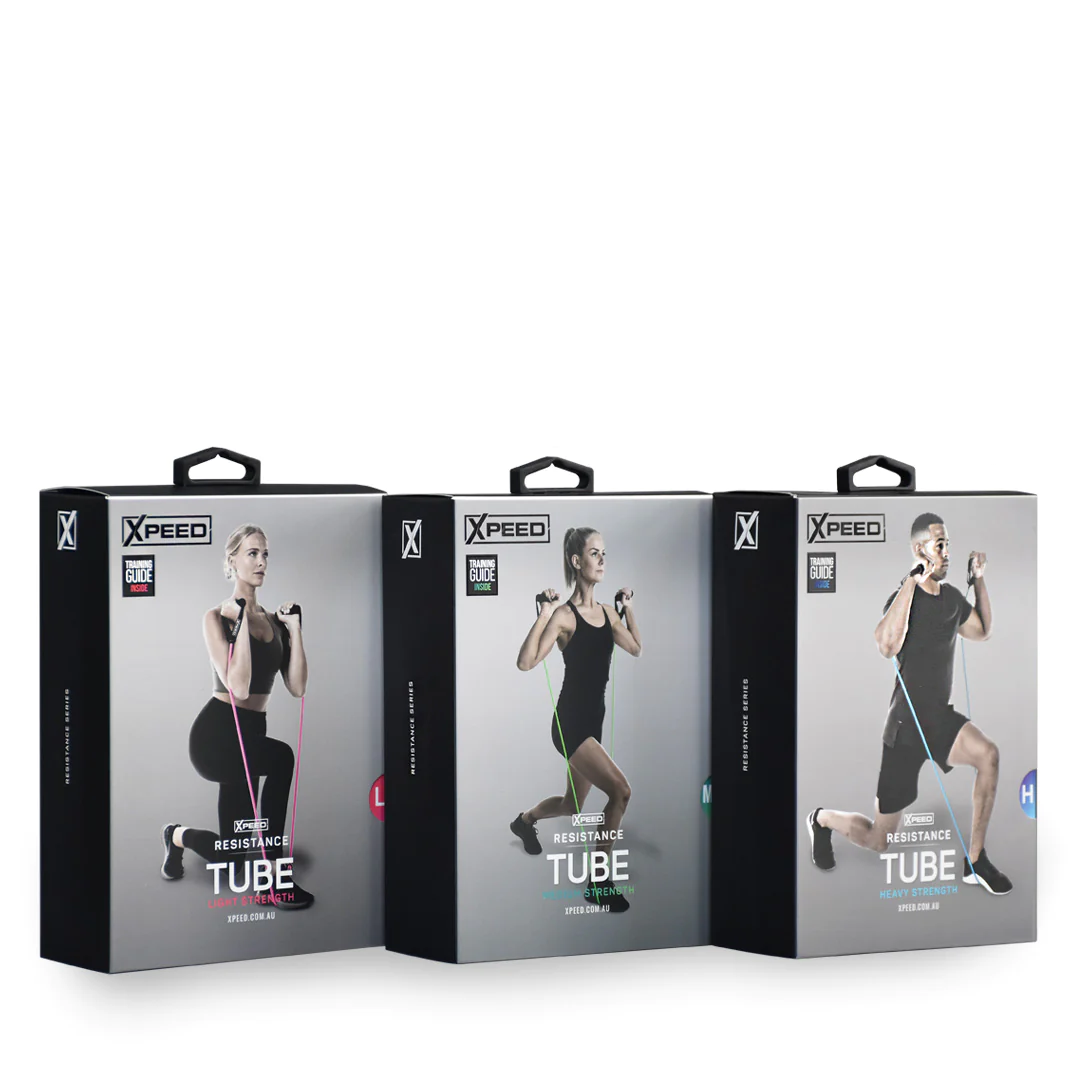
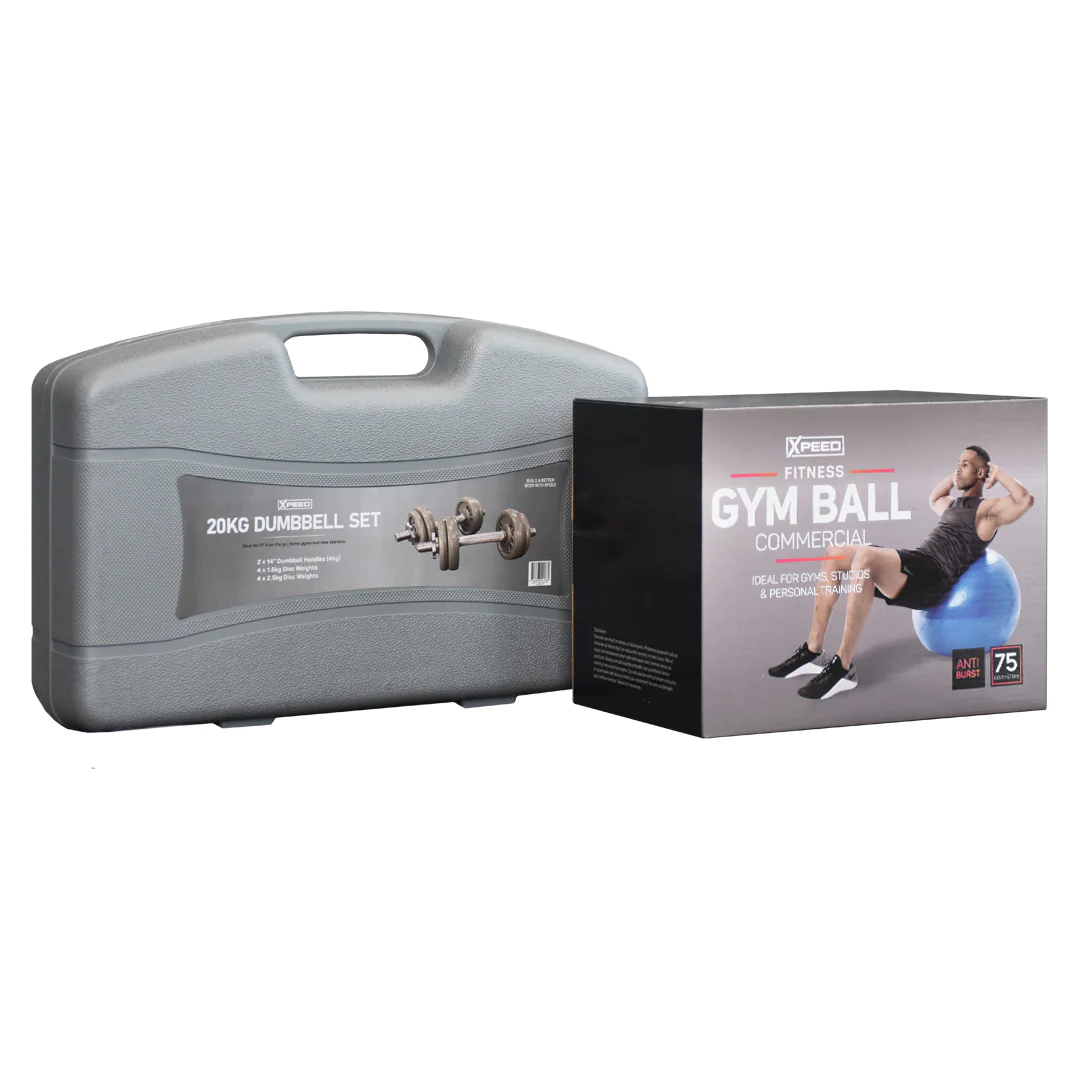
0 Comments
Trackbacks/Pingbacks